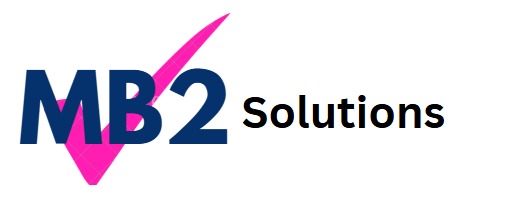
SAQA ID
118249

Credits
265
This qualification has been developed with the view to meet the expressed need by the telecommunications industry which requires skilled labour as most telecommunications providers are now moving towards optic solutions to deliver faster broadband speeds fibre to the premises as a chosen method to deliver a service to providers seeking pure fibre or copper network solutions.
Learners will be able to select cable route, setting up cable dispensers, placing and securing cable and repair of joints in insulated power supply and control cables installed in underground pipes, trenches, and overhead supply systems. This includes customer cable infrastructure relating to communications applications including digital and analogy, telephony, data, video, digital broadcasting, computer networks, Local Area Networks (LAN), Wide Area Networks (WAN) and multimedia which also involve selecting cable route, setting up cable dispensers and placing and securing cable. Qualified learners will be responsible for installation and maintenance of underground and, substation builds and the installation of major pieces of equipment and infrastructure.
This qualification is made up of compulsory Knowledge, Practical Skill and Work Experience Modules:1 . Knowledge Modules
- Fundamentals of Health and Safety Requirements in Relation to Telecommunications Cable Installation and Jointing, Level 3, 10 Credits.
- Introduction to Activity-based Risk Assessment, Level 4, 5 Credits.
- Tools and Equipment related to Telecommunications Cable Jointing, Level 2, 5 Credits.
- Cabling Techniques, Level 3, 10 Credits.
- Fundamentals of Planning and Preparation in Cable Jointing, Level 3, 5 Credits.
- Basic Fault Diagnosis and Repairs on Telecommunication Cables, Level 3, 40 Credits.
Total number of credits for Knowledge Modules: 75
2 . Practical Skill Modules
- Select, Use, Care for and Maintain Tools and Equipment, Level 2, 20 Credits.
- Install and Join Telecommunications Cables, Level 3, 40 Credits.
- Diagnose and Repair Faults on Telecommunications Cable Joints, Level 3, 20 Credits.
- Terminate and Connect Cables, Level 3, 3 Credits.
- Complete Cable Jointing Administration, Level 3, 2 Credits.
Total number of credits for Practical Skill Modules: 85
3 . Work Experience Modules
- Telecommunication Cable Installation and Jointing Processes, Level 3, 60 Credits.
- Splicing and Termination Processes, Level 3, 3 Credits.
- Fault Diagnosis and Repairing on Telecommunications Cable Jointing Processes, Level 4, 40 Credits.
- Telecommunications Cable Jointing Administration Processes, Level 3, 2 Credits.
Total number of credits for Work Experience Modules: 105
The minimum entry requirement for this qualification is:
- NQF Level 2 qualification.

Pricing

Delivery Mode
Hybrid Full Time/Online

Campus Location
Dynamic
A qualified learner will be able to
- Install and joint underground and aerial telecommunication cables.
- Terminate cables and perform cable splicing operation.
- Perform basic fault-finding and troubleshooting on telecommunications cables joints.
- Complete telecommunication cables jointing documentation.
Exit Level Outcomes
- Install, joint and terminate underground and aerial telecommunications cables.
- Diagnose, locate and repair faults on underground and aerial telecommunication cables.
- Perform installation and jointing administration.
Integrated Assessment
Integrated Formative Assessment:
The skills development provider will use the curriculum to guide them on the stipulated internal assessment criteria and weighting. They will also apply the scope of practical skills and applied knowledge as stipulated by the internal assessment criteria. This formative assessment together with work experience leads to entrance in the integrated external summative assessment.
Integrated Summative Assessment:
An external integrated summative assessment, conducted through the relevant Quality Council for Trades and Occupations (QCTO) Assessment Quality Partner is required for the issuing of this qualification. The external integrated summative assessment will focus on the Exit Level Outcomes and Associated Assessment Criteria.
The assessment will be conducted through written assessment and the evaluation of practical tasks at decentralised approved assessment sites by a panel of assessors evaluated by assessor (s) registered with the AQP within a period of 1 day.

